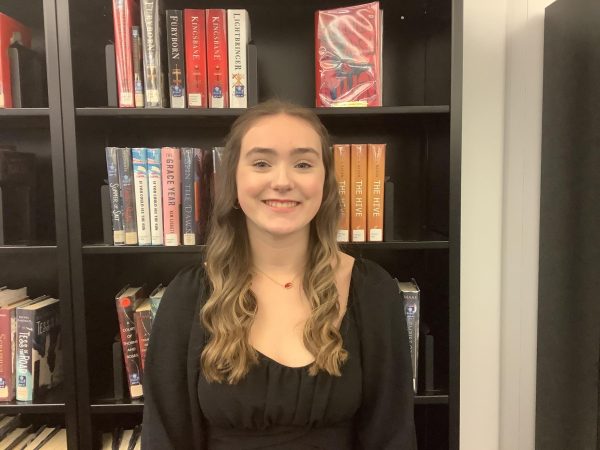October 4th, 1957,
Sputnik is launched into space. The Russians are the first to get an aircraft into orbit. America’s response? Creating The National Aeronautics and Space Administration to “conduct research, testing, and development to advance aeronautics, including electric propulsion and supersonic flight” according to the agency itself. Many talented scientists, engineers and mathematicians contributed to the development of NASA and the opportunity to send an astronaut into space. However, there were three instrumental women that helped out greatly in this mission, but whose talents were hidden from the general public. These women became known as the “Hidden Figures.” Their names were Katherine Johnson, Dorothy Vaughan and Mary Jackson.
Katherine Johnson was born on August 26, 1918 in West Virginia. She quickly discovered her talent for mathematics, entering high school at age 10 and graduating college at 18. She graduated with honors and was the first African American graduate at the University of West Virginia.
Years later, she landed a job at NASA. She calculated results for wind tunnels, and her colleagues greatly “relied on her calculations,” said the National Air and Space Museum. Shown in the movie, Johnson faced racism from her colleagues, but they soon learned not to underestimate the human computer that Johnson was. Some workers were not able to accurately check the computer’s math at NASA, but Johnson checked, understood and fixed the calculations brought to her attention. “Her expertise was key to John Glenn’s orbit around Earth in 1962, with Glenn putting much of his confidence in Katherine to make the mission a success” explained NASA. Johnson pushed through the biases, and helped develop the calculations for putting a man in orbit and eventually on the moon.
Dorothy Vaughan, another talented mathematician was the “head of the National Advisory Committee for Aeronautics’ (NACA’s) segregated West Area Computing Unit…Vaughan was both a respected mathematician and NASA’s first African-American manager” stated NASA. Her expertise in mathematics and computer science lead her to “compile a handbook for algebraic methods for calculating machines” NASA commented. She later joined the Analysis and Computation Division (ACD). She became an expert FORTRAN programmer and contributed to the Scout Launch Vehicle Program.
In the movie Hidden Figures, she was afraid that the electronic computers would take her job, so she took the time to learn the language of FORTRAN that is used for “scientific and algebraic applications,” said Britannica. She then taught others the language of FORTRAN and became greatly respected by the other workers in NASA.
Lastly, Mary Jackson, with her talent in math and physics, became the first Black female engineer. Before this, while working for NASA, she worked alongside engineer Kazimierz Czarnecki in the “4-foot by 4-foot Supersonic Pressure Tunnel, a 60,000 horsepower wind tunnel capable of blasting models with winds approaching twice the speed of sound” according to NASA. While in the movie, Czarnecki suggests that Jackson enters a training program to become an engineer so she’ll continue to be able to work on the tunnel; she originally was not allowed to attend school since only white male students were able to. However, she went to court and was granted permission to attend classes. She eventually got promoted and became NASA’s first Black female engineer in 1958.
Katherine Johnson, Dorothy Vaughan and Mary Jackson contributed to NASA greatly, but never received the amount of credit they deserved early on. Johnson helped put a man on the moon, Vaughan learned how to use the computer language of FORTRAN and Jackson became the first black female engineer. NASA would have not accomplished as much as they did without these intelligent women. These women were formally “hidden figures,” but now are greatly appreciated in NASA, and the nation. So, since it is Black History Month, take the time to research these amazing women and go watch Hidden Figures. Learn about this month, and learn new things about the accomplishments of these men and women. And remember, “Genius has no race. Strength has no gender. Courage has no limit”-Kelly Miller






























